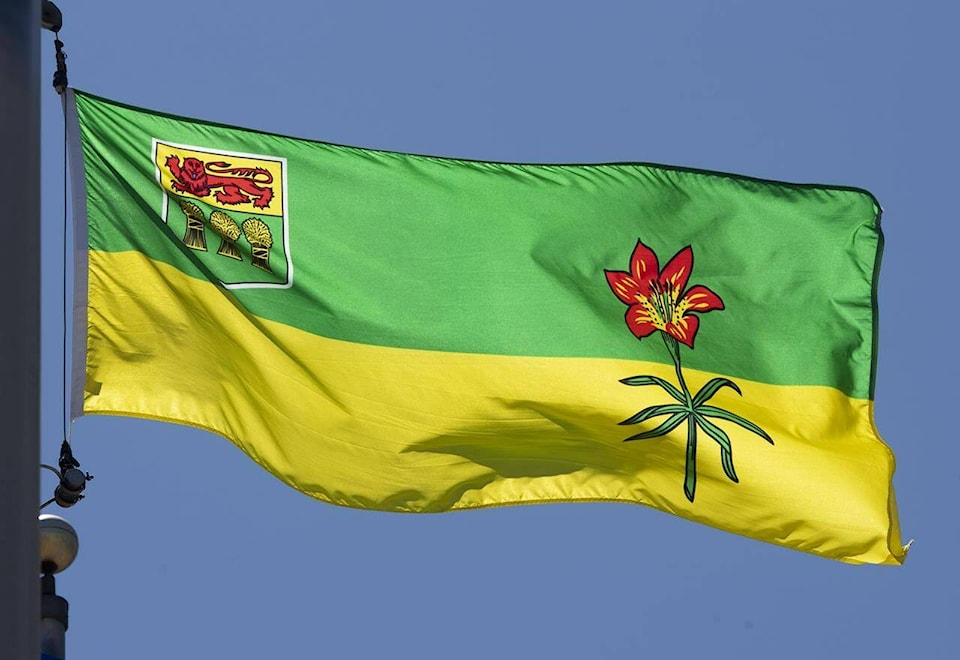REGINA — Saskatchewan has decreased funding for suicide prevention one year after it passed a law to address the challenge and despite a minister saying mental health is a government priority.
The Saskatchewan Party government has allocated $1 million this year toward its Pillars For Life plan.
Data provided by the Ministry of Health shows that’s a decrease of $200,000 compared with the previous two years.
Minister of Mental Health Everett Hindley said less funding has been provided this year because the program no longer has startup costs.
The Strategy for Suicide Prevention Act, which was passed in April 2021, requiresthe Ministry of Health to spend six months consulting with organizations, other provinces and the federal government to help develop a suicide prevention plan.
The architect of the legislation said the government is failing to enforce it and failing to consult.
“Nothing has come forward for the families I talked to,” said Doyle Vermette, the Opposition NDP’s mental-health critic who holds a seat in northern Saskatchewan.
Hindley said the government has consulted with the Federation of Sovereign Indigenous Nations, which represents 74 First Nations in the province.
“Aside from that formal consultation, there’s the less formal as community leaders,” he said.
Hindley pointed to $8 million in this year’s budget for mental health.
“We want to make sure the dollar figures are being spent wisely,” he said. “And people that live in these communities and are looking for assistance, they’re seeing these benefits come through.”
The Ministry of Health said the bulk of the Pillars for Life funding has gone tosuicide prevention campaignsand to Roots of Hope, a community-driven project to try to reduce suicides in Saskatchewan’s north.
Saskatchewan’s coroner reported 204 suicides in 2021, an increase of five from the year before when the government first introduced Pillars For Life.
Data shows Indigenous people are disproportionately affected. They made up 41 per cent of all suicides in the province last year, despite representing just over 16 per cent of the population in a 2016 census.
Preliminary data shows another 34 people died by suicide in the first four months of this year.
Some advocates say the entire approach needs to be reformed.
“Government makes small changes, which help, but that’s not what we need. We need huge changes, especially for our youth,” said Chris Ball, whose son Kyedied by suicide in 2017 at the age of 16.
A report released earlier this year by Saskatchewan’s children’s advocate said the province has failed for decades to act on recommendations aimed at improving mental health.
Ball, who is Metis and continues to advocate for families, said it’s “a nightmare trying to get help.”
Before his death, Kye was in and out of hospitals and struggled to get supports, Ball said.
“We (were) denied having our son in the (psychiatric ward) a couple of times because they were full,” Ball said. “The system is broken.”
There’s also a lack of psychiatrists and counsellors in the province. Data from the government shows a nine-month wait for children and youth in Saskatoon to see a psychiatrist.
Vermette said the government needs to provide more resources to people. Many factors — including a lack of activities, limited access to support, poor transportation and intergenerational trauma — continue to affect mental health in Indigenouscommunities, he said.
“We just want to make sure the barriers aren’t there, (so) if somebody reaches out for mental health (support) that it’s there for them.
“We may not be able to save everybody, but man, what a difference if people knew they didn’t feel alone.”
